If you’re pressed for time here’s a list of those places you might want to make sure you don’t miss in Gdańsk.
Starting off in Gdańsk then. In a city full of attractions, the most prominent is the Museum of Second World War. It was in this city where the first shots of WWII were fired and war buffs should allow plenty of time to visit the excellent exhibition while also planning time to take the ferry ride (in season) up to the Westerplatte peninsula and to the Nowy Port lighthouse where the scars from the first shots of the war can still be seen.
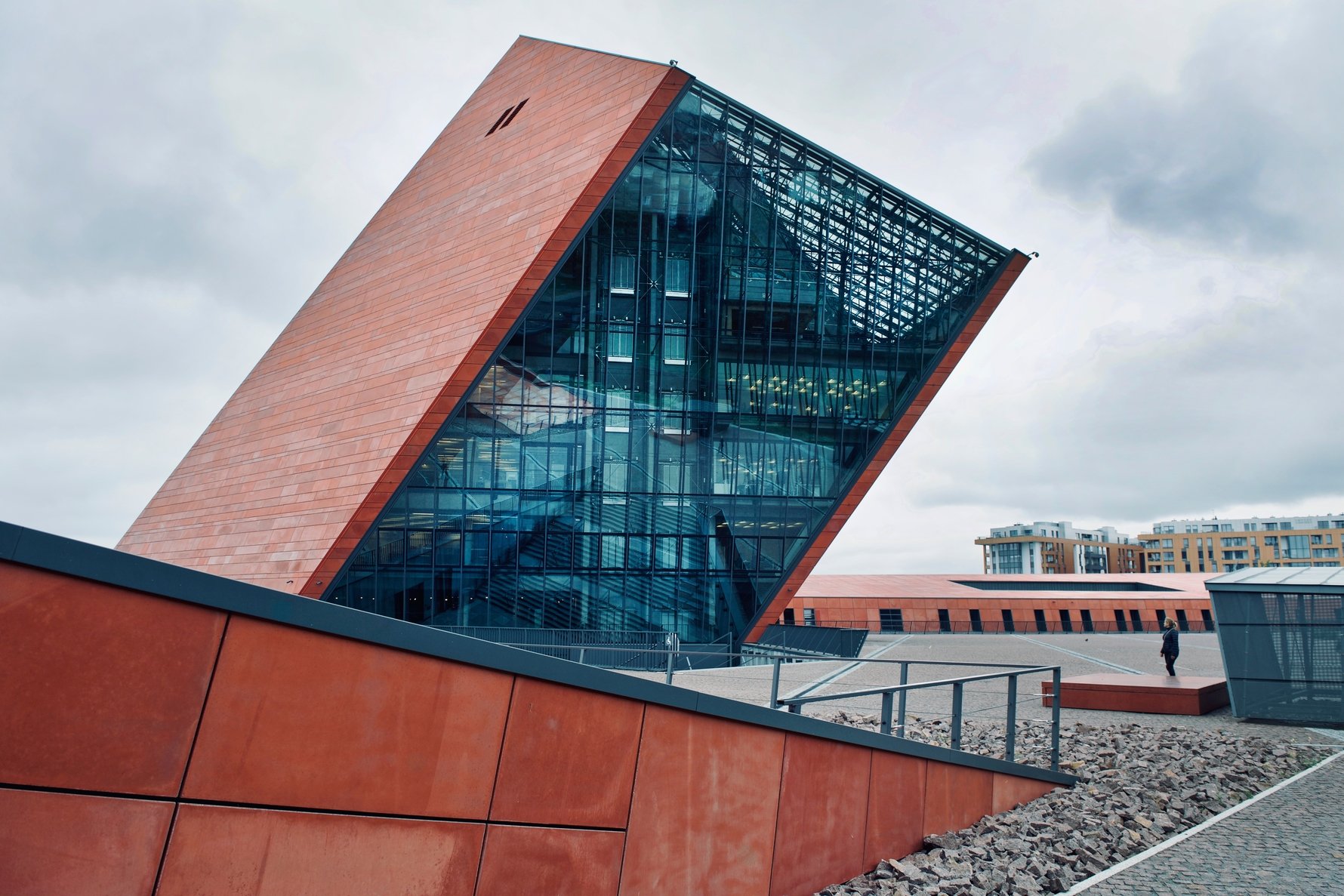
Gdańsk wasn’t just the place where the Second World War began. It can be argued that it was here that the effects of the war began to be brought to a close. It was in the shipyards neighbouring the Museum of the Second World War that the first fissures in the Iron Curtain appeared, forced open by Poles during the landmark August strikes of 1980. Following this first peaceful victory over the communist rulers, calls for greater freedoms were only nine years away from bringing down the Berlin Wall. The centre of these protests was Gate #2 of the Gdańsk shipyard and this can be found just outside of Old Town on ul. Doki. While there do not dare miss a visit to the excellent European Solidarity Centre which features a fascinating and very well-presented tribute to the Solidarity movement which does a very good job of explaining how and why this movement of 10 million Poles came about and what it achieved.
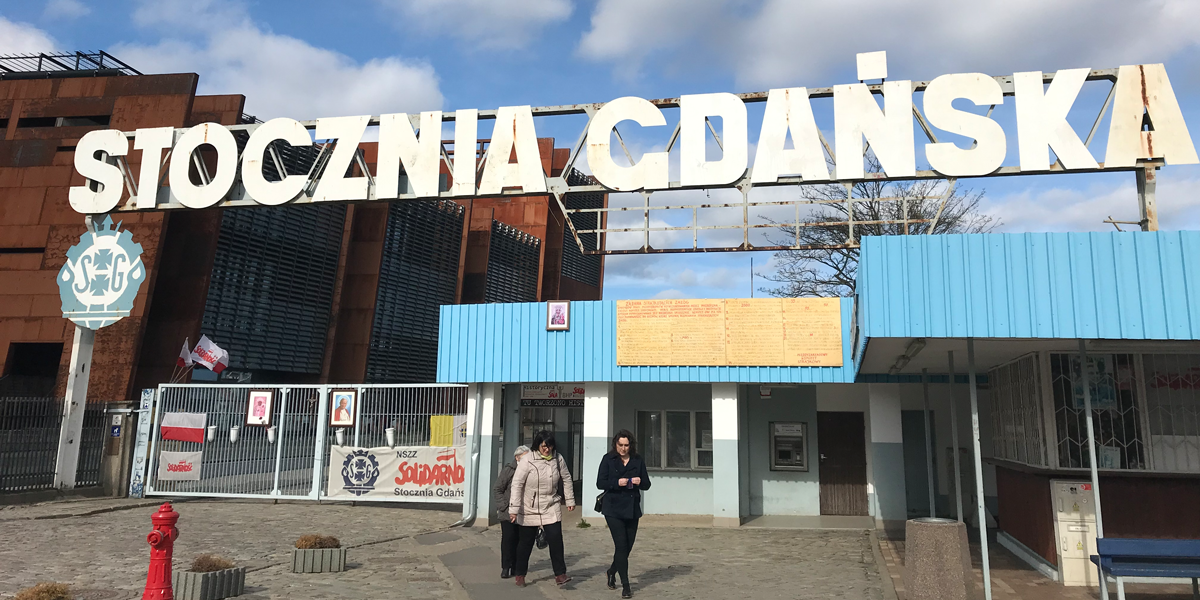
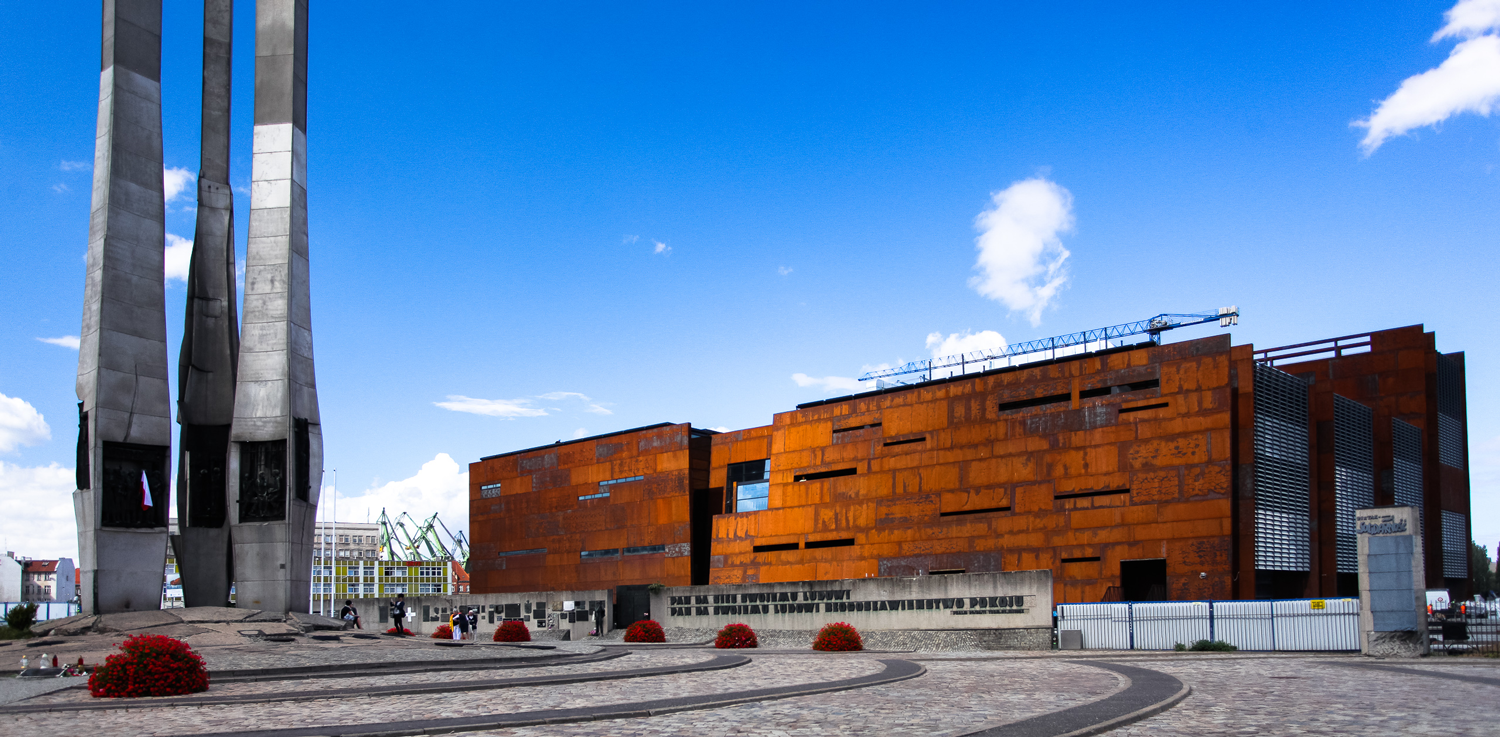
The Old Town is where you’ll find a number of photo opportunities a fact made all the more remarkable when you consider most of it was a smouldering pile of bricks at the end of WWII.
The sensible start point is the Upland Gate, which marks the start of what was once known as the Royal Way. Following this route, you’ll pass by the Amber Museum and the Torture Chamber and then through the Golden Gate. Stop for a moment under the gate to take a look at the pictures of the city once the fighting stopped in 1945 – it will make you appreciate what you’ll see on the rest of your walk all the more. As you pass through the Golden Gate you come out onto Long Street (ul. Długa). On the left about halfway down is the Main Town Hall which serves as the home of the Gdańsk History Museum and a few metres further on is Neptun’s fountain and Artus Court. The Royal Way ends at the impressive Green Gate.
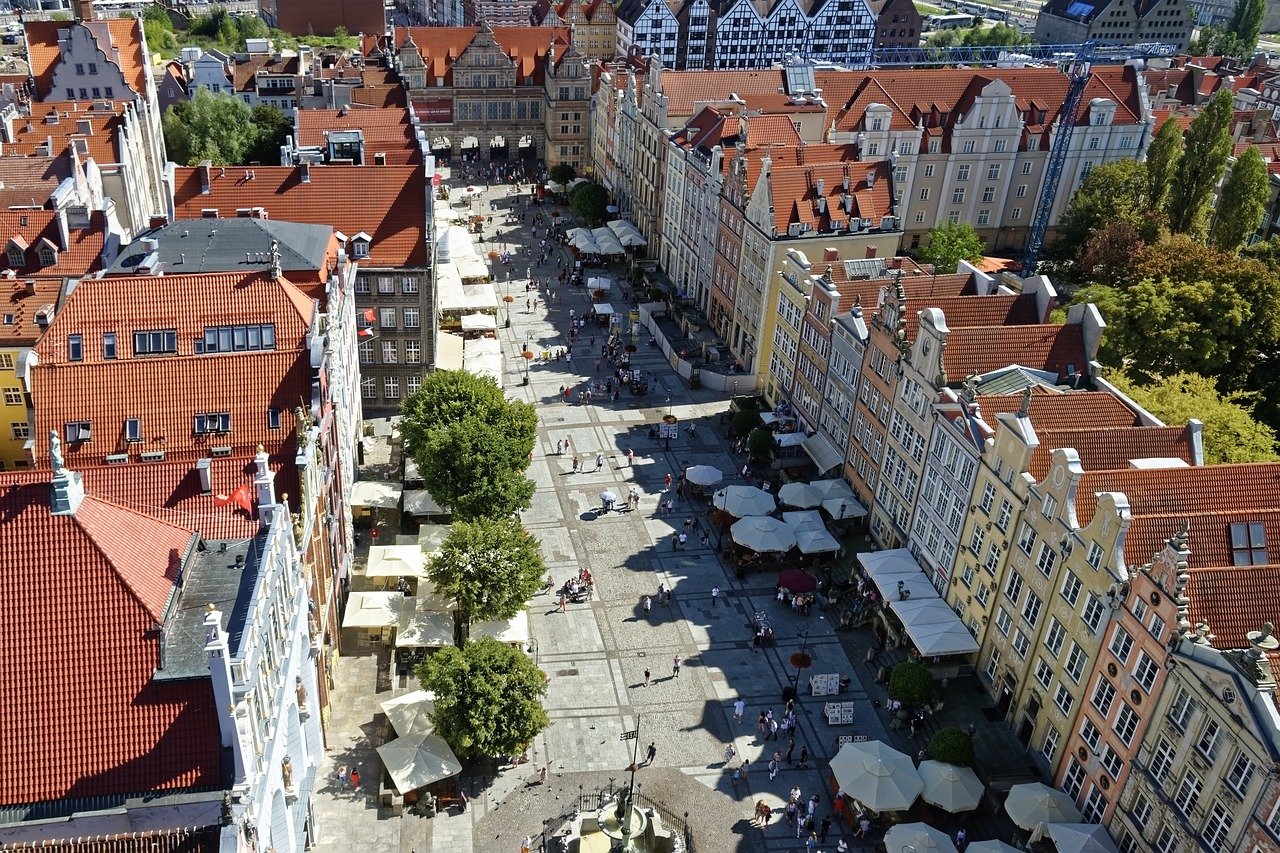
St. Mary’s Street (ulica Mariacka) ranks as the city’s most picturesque street and is dominated by the biggest brick church in the world St. Mary’s (Bazylika Mariacka). Climb to the top for panoramic views of the city Nearby the 15th century Crane (Żuraw) stands on the river’s edge, a hulking reminder of Gdańsk’s merchant past.
Across the river, the eerie remains of Granary Island (Wyspa Spichrzow) serve as a sombre reminder of the havoc wreaked here by WWII, while the Maritime Museum (including the ship Sołdek) provides an interesting look at the history of Polish seafaring.

In Sopot, make a beeline for Krzywy Domek (the Crooked House) on the main pedestrian thoroughfare – ul. Monte Cassino. Probably Sopot’s most photographed landmark, the building was inspired by the fairytale illustrations of a Swedish resident of Sopot. From there carry on to the focal point of Sopot – the 511m pier. Originally built by a doctor in Napoleon’s occupying army, the pier is the longest in the Baltic. At one time the gardens surrounding the pier were themselves part of a huge hotel, spa and casino complex. The Sofitel Grand Hotel is one of the few original buildings which survived and has been renovated and modernised in recent years.
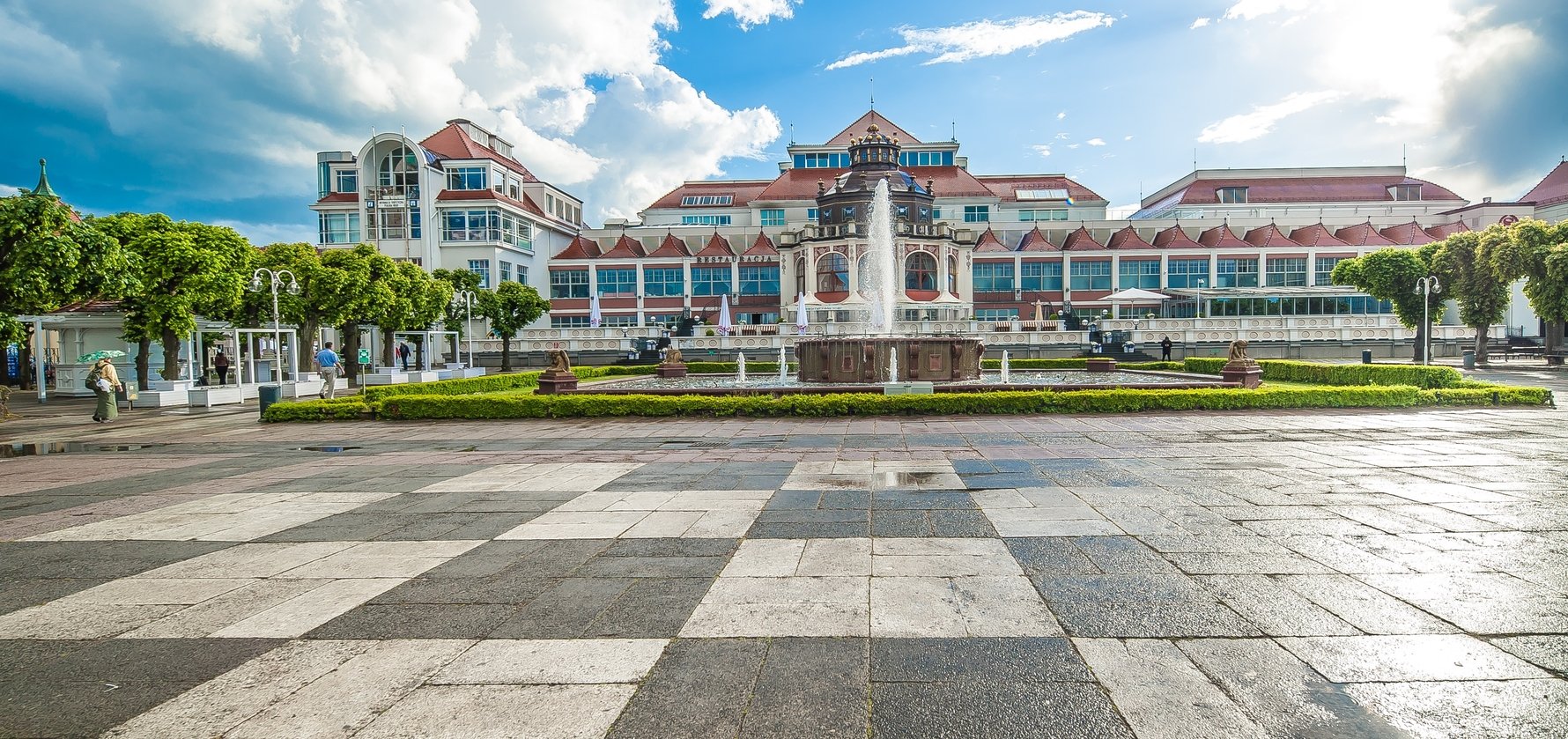
Gdynia, while younger than its sister cities, does offer a small but interesting selection of sightseeing options. Take a look at the City of Gdynia Museum which does a good job of showing how a fishing village was turned into an international port and commercial centre in under a decade because of the decisions made in the Treaty of Versailles. And being a port it also offers a more nautical set of attractions. Make sure to visit the ships docked on the quayside, the three-masted Polish training ship Dar Pormorza and WWII battleship Blyskawica. And for those with children, the Oceanographic Museum and Aquarium makes for an entertaining couple of hours. Last but not least in Gdynia, check out the excellent Emigration Museum, which tells the stories of centuries of Polish emigration.
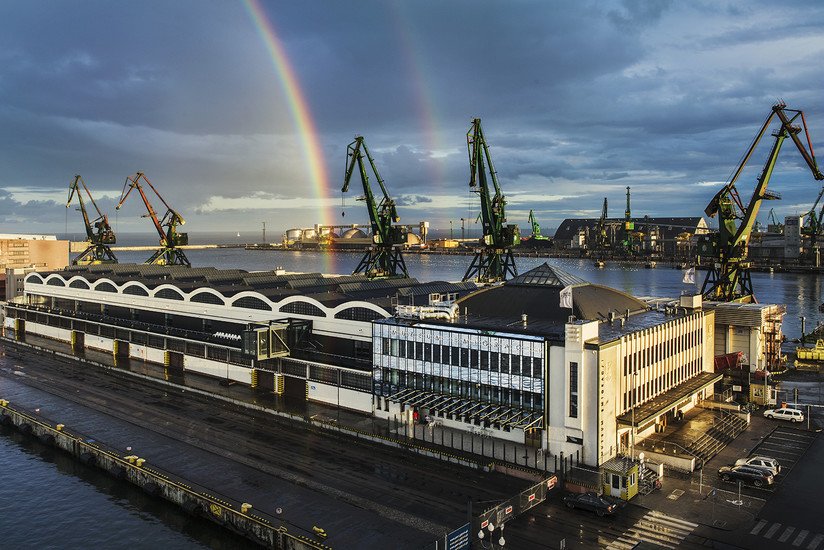
The Tri-city also acts as a marvellous springboard for numerous other destinations - Malbork is the world’s biggest brick castle, and as well as home to one of the few wartime commonwealth cemeteries in the country. More grim reminders of WWII can be found at Stutthoff, a wartime camp used to incarcerate Jews and local intelligentsia. Finally, mobile travellers shouldn’t miss out on the glories of Kashubia, a charming lake and forest area with the countryside surrounding Kartuzy and Chmielno sometimes referred to as ‘Kashubian Switzerland’.



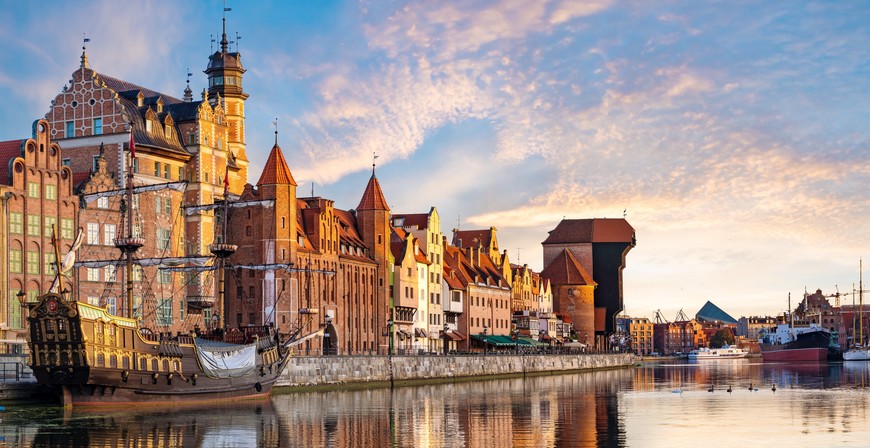
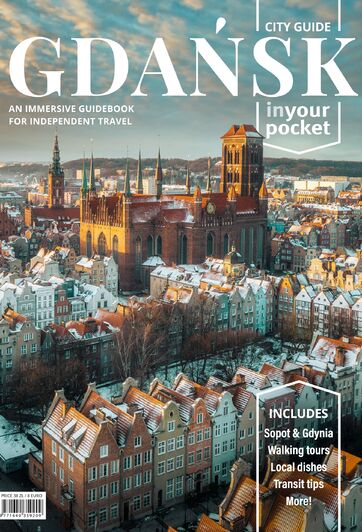


Comments